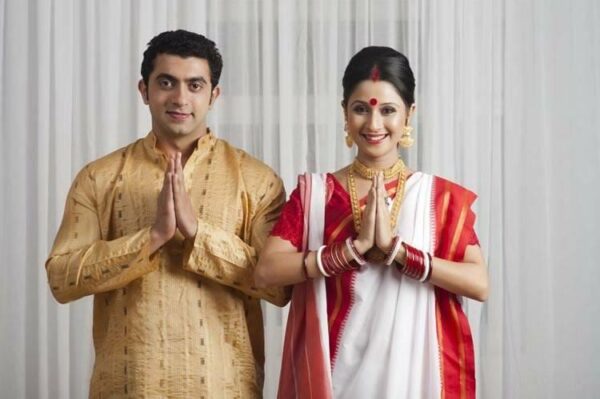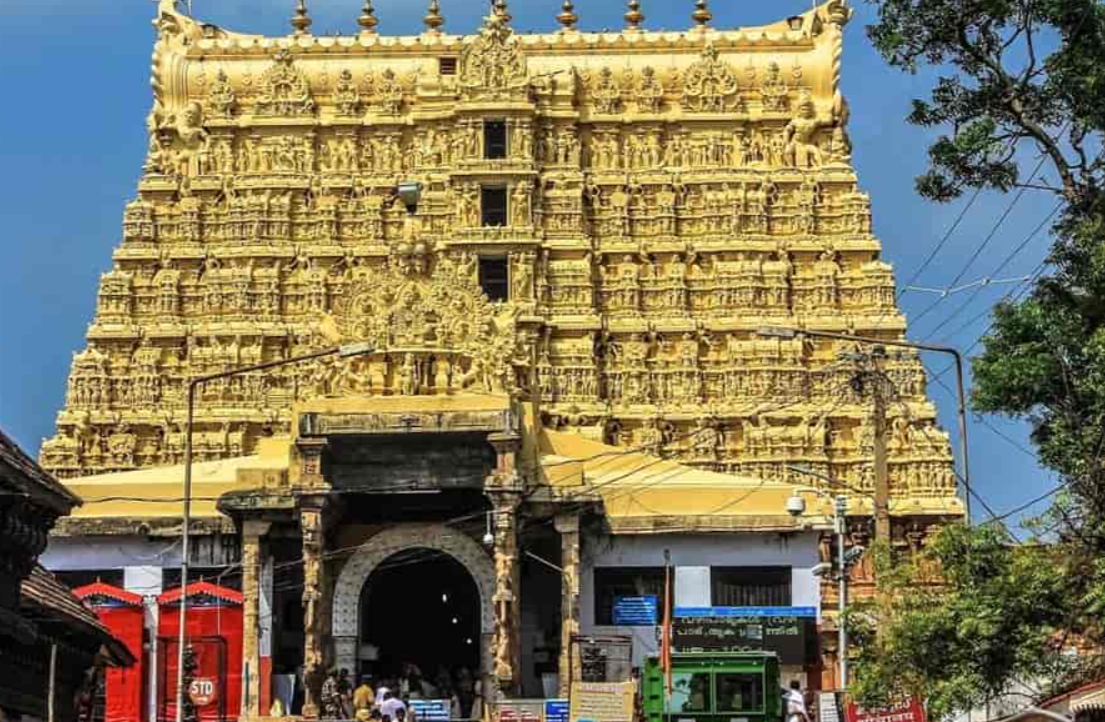West Bengal, a state rich in cultural heritage, is renowned for its vibrant cuisine, music, literature, and art. Among the many aspects of its cultural identity, the traditional dress of West Bengal holds a special place. This article explores the distinctive attire worn by both men and women in West Bengal, highlighting how these traditional garments are celebrated during various occasions.
Traditional Dress of Bengali Women
Sarees
The saree is a hallmark of traditional Bengali attire. Unlike in other regions, the saree draping style in West Bengal has its unique flair. Some of the most notable sarees include:
Korial and Garad Sarees
Garad sarees, distinguished by their white fabric with deep red borders, are a significant part of Bengali tradition. These sarees are particularly worn during Durga Puja, religious ceremonies, and weddings. The traditional ivory or conch shell bangles paired with Garad sarees enhance their elegance, making them a symbol of grace.
Tant Sarees
Tant sarees, named after the loom used to weave them, are another popular traditional wear. These lightweight sarees are ideal for the hot and humid climate of West Bengal. They often feature intricate motifs and flowers along their thick borders, offering both comfort and style.
Dhakai Jamdani
Originating from Dhaka, the Dhakai Jamdani saree is known for its exquisite craftsmanship. Featuring delicate floral patterns woven with silver and gold threads, these sarees are both costly and time-consuming to produce, highlighting their high status in Bengali fashion.
Tussar and Kantha Silks
Tussar sarees, mainly produced in the Malda district of Bengal, are known for their vibrant colors and textured feel. These sarees often have a golden sheen and are decorated with traditional and contemporary motifs. Kantha sarees, on the other hand, are characterized by their bright hues and running stitches, blending both heavy and lightweight qualities in their designs.
Muslin Cotton and Murshidabad Silks
Muslin cotton sarees are appreciated for their sheer quality and soft colors, giving a simple yet elegant look. Murshidabad silks, in contrast, are known for their fine quality and bright colors, often featuring traditional batik and block patterns.
Baluchari Sarees
Baluchari sarees, made from fine silk, are renowned for their golden embroidery and intricate designs depicting Indian mythological characters. Known as Swarana sarees due to their bright golden borders, these sarees are best showcased with an unpleated pallu that reveals their detailed artistry.
Kurta and Salwar with Dupattas
Traditional kurtas and salwars, often paired with colorful dupattas featuring motifs, embroideries, and exotic patterns, are common in Bengali women’s attire. Jamdani and Kantha dupattas add an extra layer of elegance to these outfits.
Traditional Dress of Men in West Bengal
Panjabi Dhoti
Bengali men traditionally wear panjabi dhotis, similar to the kurta and dhoti combination seen in northern India. However, the fabric used is typically Muga silk, Tussar silk, or cotton silk. Modern adaptations include pairing panjabi dresses with jeans or trousers, while traditional Garad silk kurtas come in shades like beige, cream, and honey.
Kurta Pajama
Kurtas, often worn with loosely fitted trousers known as pajamas, are a staple in Bengali men’s wardrobes. These garments are usually made from silk or cotton and are considered regular wear.
Lungi (Dhotis)
The lungi, similar to dhotis worn in southern India, is also a common attire in Bengal. These long pieces of white cloth are draped around the waist and tucked near the lower back, providing comfort and ease.
Conclusion
The traditional dress of West Bengal vividly reflects the state’s vibrant culture. From the elegant Garad sarees and Dhakai Jamdani to the comfortable Panjabi dhotis and lungis, the traditional attire of Bengali men and women showcases a rich heritage. Each garment not only enhances the cultural identity of West Bengal but also continues to be celebrated in various ceremonies and daily life, embodying the essence of Bengali tradition and grace.



